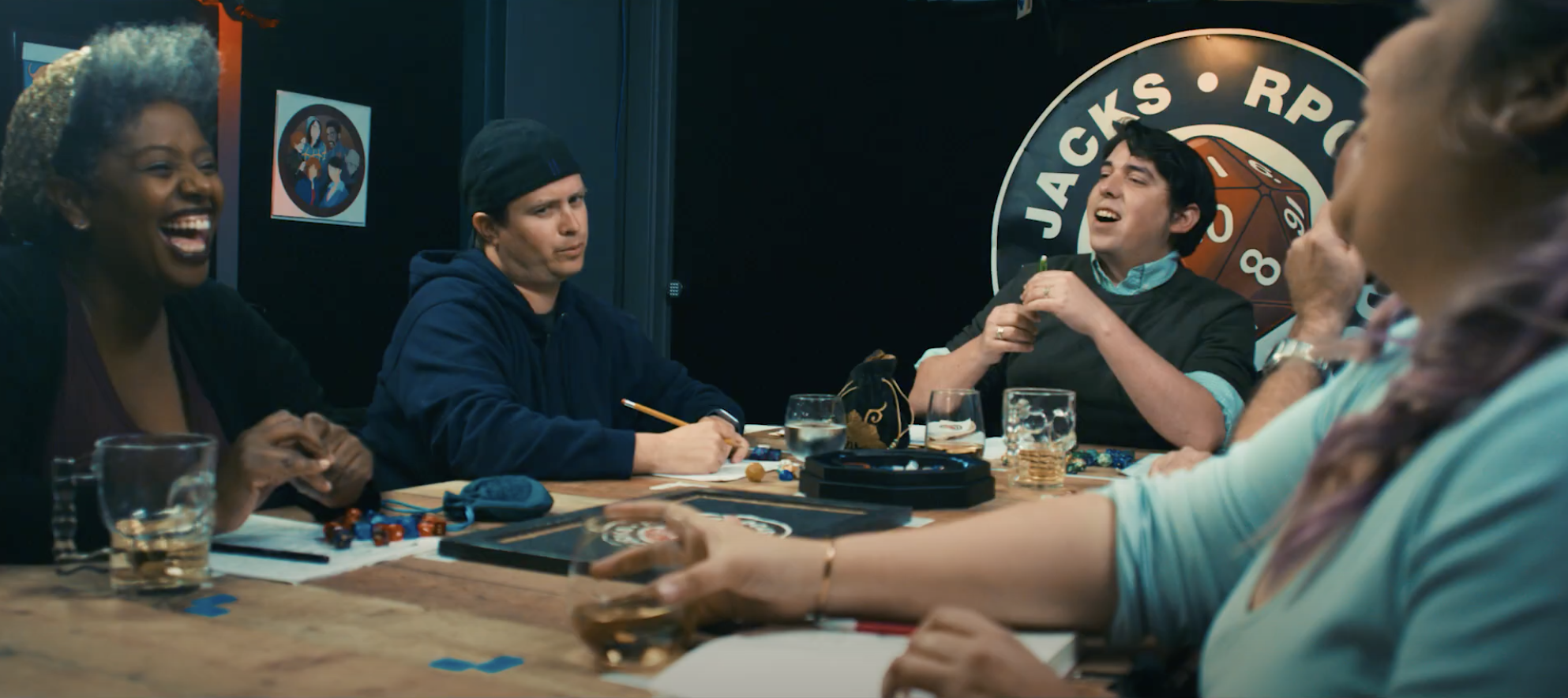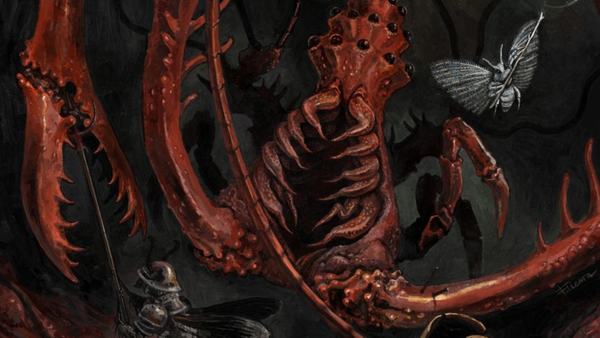How has actual play changed game design?
An interview with award-winning GM and game designer Kimi Hughes

The development of actual play (AP) as a forum for TTRPGs to be shared has evolved drastically over the last 15 years. With that evolution has come a shifting influence. APs are a driving factor for many people to the hobby as a whole, and more specifically towards TTRPGs with less name brand recognition than D&D.
That being the case: Should designers consider actual plays when crafting their games? And conversely, what mechanics should AP producers consider to best tell their stories?
A few months back, I got the opportunity to speak with game designer and AP producer-showrunner Kimi Hughes. Among many titles, Hughes runs HappyJacksRPG, a not-for-profit crowdfunded actual play collective founded in 2009. She also owns Golden Lasso Games, which has produced games like Decuma, Virgins & Vixens, and the upcoming Starscape.
I spoke with her to discuss how actual play and game design have evolved, how the two parallel mediums should or shouldn’t influence each other, and what mechanics translate best from pen and paper to performance.
This interview has been edited for clarity and length.

The first wave of modern actual play
Rowan Zeoli: In 2009, when you first made HappyJacksRPG with the collective that you're working with, what brought you to streaming these games?
Kimi Hughes: Well, in 2009, like back in the olden times, we were all musicians performing on the Rogues Reef at the Southern California Renaissance Fairs. Backstage between shows, we'd all talk about our games that we were playing, and some of us were playing together.





